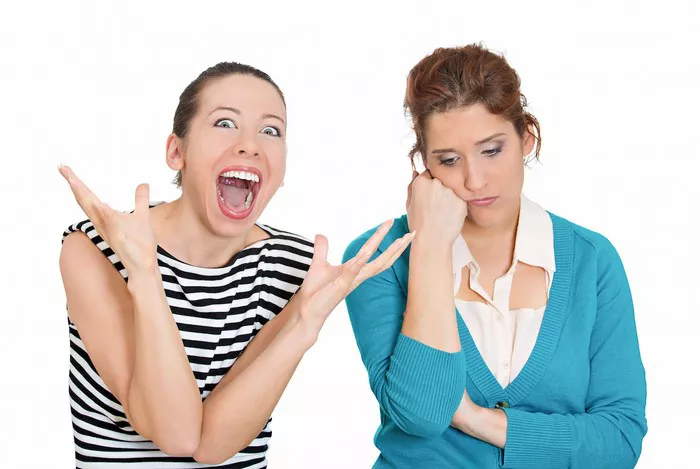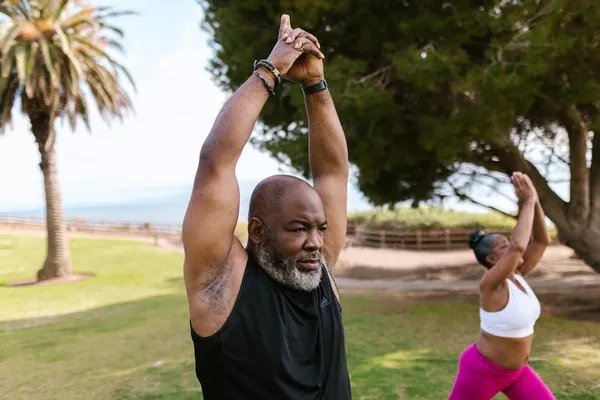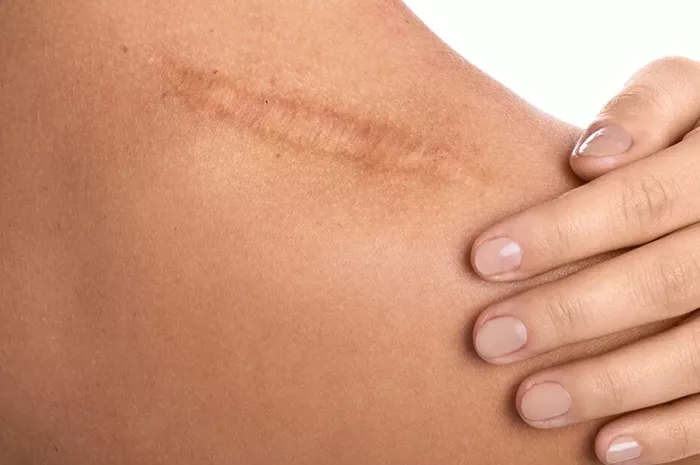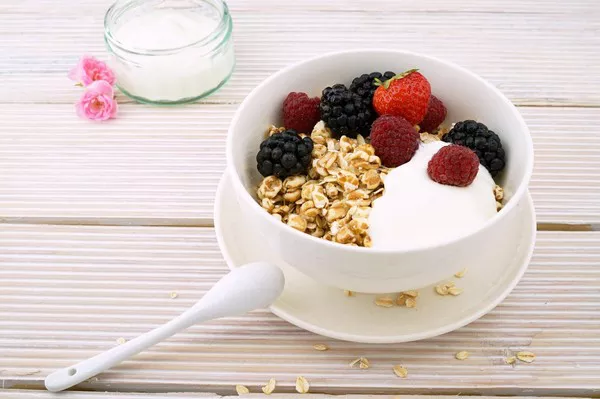Italian fashion house Dolce & Gabbana is looking to its expanding beauty business to maintain its independence in the face of a rapidly evolving luxury market. CEO Alfonso Dolce has revealed that the company’s beauty division is set to experience a more than 20% revenue increase for the fiscal year ending March 2025, reaching €610 million (RM2.96 billion). This will contribute to an overall projected revenue of around €2 billion (RM9.7 billion) for the company.
The luxury brand’s bold move toward beauty comes as part of a broader strategy to shift away from licensing, with plans to directly manage the production and distribution of fragrances, skincare, and makeup. By the end of the 2027 financial year, Dolce & Gabbana aims to generate €1 billion (RM4.9 billion) in beauty sales.
This focus on beauty comes at a challenging time for the fashion industry, where many high-end brands are grappling with a global downturn. Rival companies are facing intense pressure to remain viable. For instance, Hong Kong-listed Prada is nearing a deal to acquire Gianni Versace, while Giorgio Armani recently suggested that he may reconsider his stance on mergers or listing as he plans his exit.
In contrast, Dolce & Gabbana has doubled down on its autonomy by diversifying its revenue streams. Alongside its beauty expansion, the company is exploring ventures in real estate and hospitality. “After 40 years at the top, we asked ourselves, what more do we have to say to the fashion industry?” said Alfonso Dolce, who, alongside his brother Domenico and co-founder Stefano Gabbana, has been at the helm of the company since its inception in 1985.
For the 12 months leading up to March 2024, Dolce & Gabbana Holding SRL, which includes the fashion house’s clothing, accessories, and beauty offerings, reported a 19% year-over-year increase in revenue, reaching approximately €1.9 billion (RM9.2 billion). This growth was largely driven by a nearly five-fold jump in beauty sales. However, the company’s earnings before interest and taxes (EBIT) remain relatively modest compared to its Italian counterparts. While Dolce & Gabbana posted just €4 million (RM19.4 million) in EBIT, Prada reported €1.28 billion (RM6.2 billion) on sales of €5.4 billion (RM26.2 billion).
Despite this, analysts remain optimistic about the brand’s ability to thrive through its beauty diversification. “The success in beauty is a good testament to the brand’s strength,” said Luca Solca, a senior analyst at Bernstein. However, he expressed skepticism about the impact of Dolce & Gabbana’s ventures into hospitality, noting that these are unlikely to play a significant role in the company’s future.
The company is currently seeking additional funding for its real estate projects, which include luxury residences in Marbella, Spain, Miami, and Dubai, as well as hotels in the Maldives and Saudi Arabia. This marks a shift from the company’s traditional approach of self-financing investments. Dolce & Gabbana is in talks with banks for up to €150 million (RM727 million) in additional loans, following a €300 million (RM1.5 billion) term loan secured in 2022.
The company’s diversification strategy comes in response to its past over-reliance on Mediterranean tourism, which was significantly impacted by the COVID-19 pandemic and the geopolitical uncertainty stemming from the 2022 Russian invasion of Ukraine. Alfonso Dolce acknowledged that these factors, along with shifts in consumer behavior, contributed to a drop in sales, particularly from Chinese customers.
Despite these challenges, Alfonso Dolce remains resolute in his belief that Dolce & Gabbana can maintain its independence. “If the macroeconomic environment worsens, we have our own properties and warehouses, and we can always cut advertising spending, which is twice as high as our peers,” he said. For now, the company is not open to outside investors. “We listen to everyone—investment banks, family offices, private equity firms—but our response is always the same: we’re not interested in opening our capital,” he added.
Related Topics































